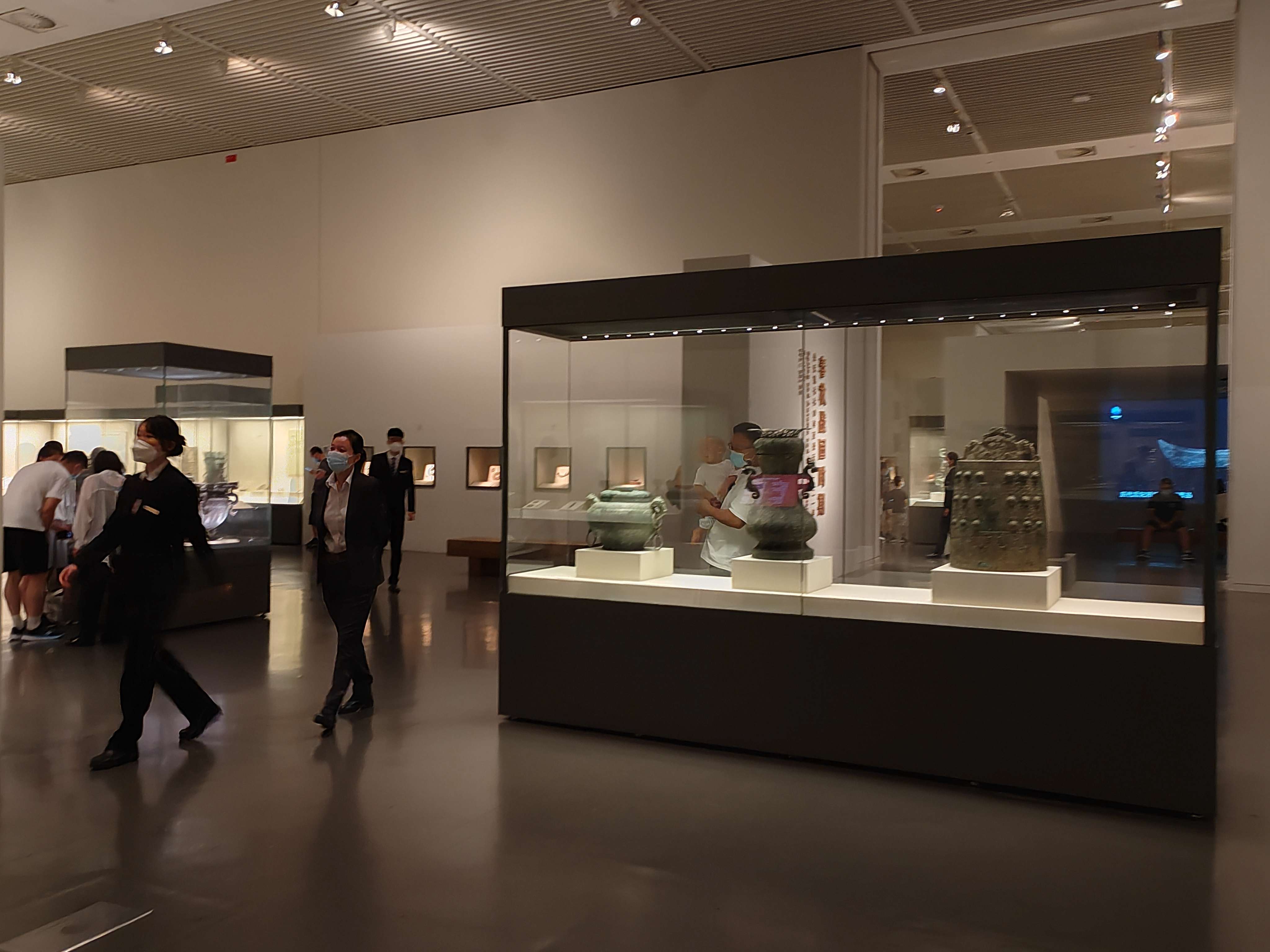In recent years, China's domestic development trends are mainly manifested in the following aspects:
1. Diversification: Museum display cabinet design is no longer limited to the traditional simple display, but more diversified and innovative. For example, the use of multimedia technology, interactive devices and other ways to interact with the audience, enhance the audience's sense of participation and experience.
2. Personalization: Museum display cabinet design pays more and more attention to the personalized presentation of exhibits, and fully integrates the historical background, cultural connotation and other factors of exhibits into the display cabinet design, so that the audience can better understand and feel the charm of exhibits.

3. Refinement: With the continuous improvement of the production and installation technology of museum display cabinets, the design of display cabinets pays more and more attention to details, considering the selection of materials, colors, lighting, materials and other aspects of exhibits, so as to make the display of exhibits more elaborate and beautiful.
4. Environmental protection: In the design and production of museum display cabinets, more and more attention is paid to environmental protection and sustainable development. Select environmentally friendly materials to reduce the impact of display cabinets on the environment, and pay attention to environmental protection and energy saving in the use and maintenance of display cabinets.
5. Globalization: With the improvement of China's international status, more and more foreign museums begin to pay attention to Chinese cultural relics and culture, and more and more foreign museums set up branches in China. Museum display cabinet design is also facing the challenges and opportunities of globalization, and needs to be better integrated into the international design and production standards.
Located in Buji Wenbo Palace,Shenzhen Huabo Art Exhibition Cultural Engineering Co., Ltd. is a professional cultural engineering company integrating interior planning, design, budget and construction. Its core business is the projects of government cultural departments ( museums, memorials, art galleries, cultural museums, art galleries, non-heritage museums, planning museums, party history museums, archives, science and technology museums, youth activity centers, etc.). The Party and Mass Service Center and other ten pavilions (two centers ) are mainly used for planning, design and exhibition ( high-end boutique display cabinets ) .